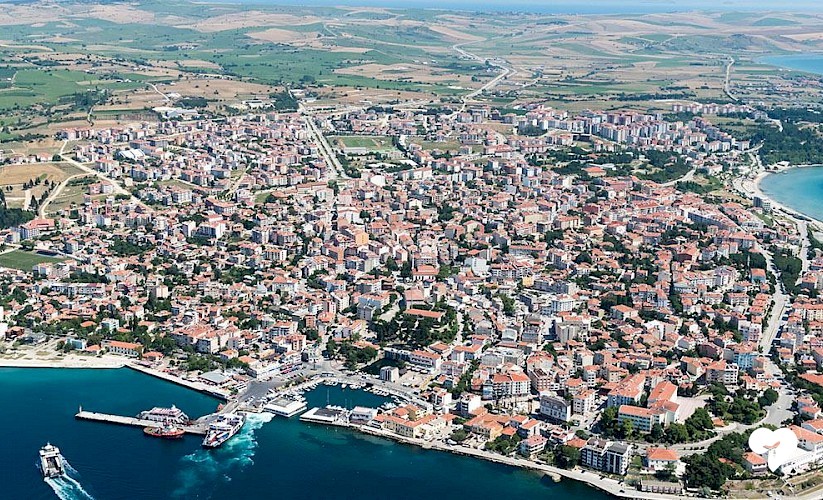Ok you went to Troy, you did Gallipoli and you’ve still got a week left and are wondering what to do? Well, you could do worse than spending an awesome week in Çanakkale but the region has so much more to see! Here are the top 10 spots around Troy for history buffs who just can’t get enough.
Assos

If this ancient city was good enough for Aristotle to found a school of philosophy here, it's probably good enough for you to visit! The whole city is truly spectacular and features the lovely Ottoman town of Behramkale on top of it as it all winds down, past his school, past the theater down to the beautiful Aegean Sea, where Assos doubles as a seaside resort. If this isn't your idea of paradise then what is! :)
Alexandria Troas

The ancient city of Alexandria Troas was founded as Antigoia and received its current name after the death of Alexander the Great. The city is an important settlement with many wonderful temples, small baths, a stadium, fountains, a stone-paved street, a theater and a harbor. Its gymnasium is particularly spectacular and one of the biggest surviving gymnasiums in all of Anatolia.
Neandreia
Neandreia, like Alexandria Troas, was founded by Antigonus I Monophthalmus. It's a particularly old settlement, and Pliny in his writings discusses how it had already ceased to exist by his period in the 1st century. Its impressive walls have remained to this day, however, and given that it's set on top of a hill you get a sense of a mighily powerful city that's over 2,000 years old.
Apollon Smintheion

The Temple of Apollo Smintheus, formerly known as Gülpınar, is located on the hillside of the valley near the town of Gülpınar. There is water running underground that was likely shifted in ancient times to feed the town center. This temple was devoted to the cult of Apollo. The temple features reliefs depicting scenes of Homer's epic the Iliad and is largely intact to this day.
Parion

The ancient city of Parion is an extremely old city, with records that indicate it was founded in 709 B.C. It has two harbors in the norther part of the city, and the ruins of an aqueduct which gave the nearby Turkish village its name (Kemer, meaning aqueduct in Turkish). The city has fortifications and beyond those are a necropolis, with a Roman theater still surviving above the hill as it leads down to the city's ancient Acropolis.
Cyzicus

Cyzicus is a city that was much admired, and the ancient Greek geographer Strabo wrote about it in the 17th and 18th century that it was an island in the Marmara Sea (Propontis) connected to the continent by two bridges. The town was huge and massive, and Homer as well mentions it in comparison with Troy, helping locate the original city of Troy in comparison.
Altar of Zeus

This altar is located on Dedetepe, just west of the village of Adatepe in the district of Ayvacık. According to legend, this is the spot from which Zeus stood and directed the course of history by playing his role in the Trojan War. Homer's Iliad places Zeus closer to Mount Ida, so it's possible the Greek God did not actually direct the events of the war from this spot, but the altar itself is still carved beautifully and well worth a visit.
Mount Ida

Mount Ida is located in the Kazdağı National Park, and this is the mountain where the events leading up to the Trojan War are said to have taken place, as Paris was commissioned by Zeus to choose between Aphrodite, Hera and Athena. Homer mentions Mount Ida many times as a beautiful spot with wild animals, and legend has it that the gods watched the war itself unfold from this spot.
Antandrus

This is an ancient city that's famed for its mosaics and is a city unlike almost any other ancient city in the region. The city clearly was of great import in its day, mentioned by the historian Thucydides as well as Homer and many other historians of the period.
Bozcaada (Tenedos)

The modern name of the island is Bozcaada, but in history it was known as Tenedos, taking its name from Tenes, son of Kyknos, the king of the Kolonai ancient city on the opposite bank of the island. The necropolis of the ancient city has been found and dates back some 3,000 years, with other remains on the island dating back to the Early Bronze Age. This island is a great place to end your trip through ancient cities and instead lie back on a beautiful island in the middle of the sea and just enjoy the beauty of this incredible region.
